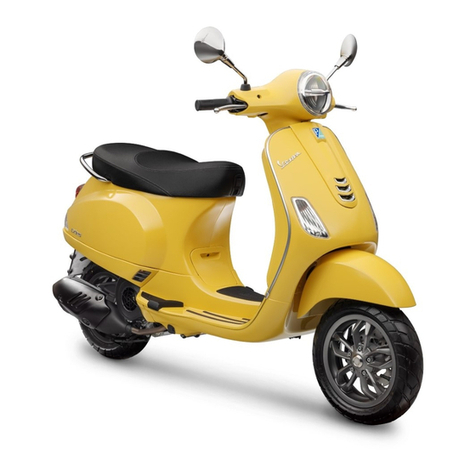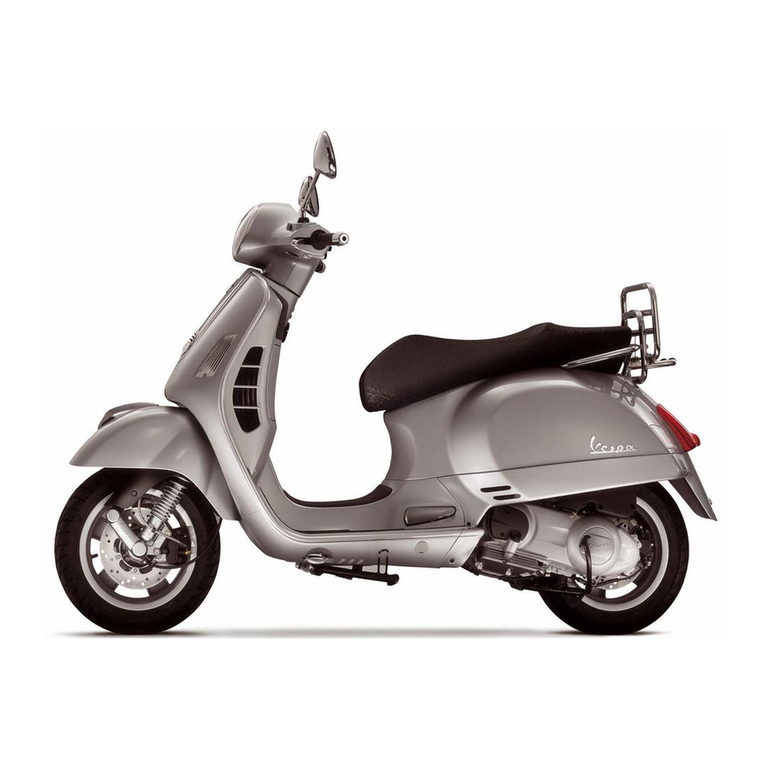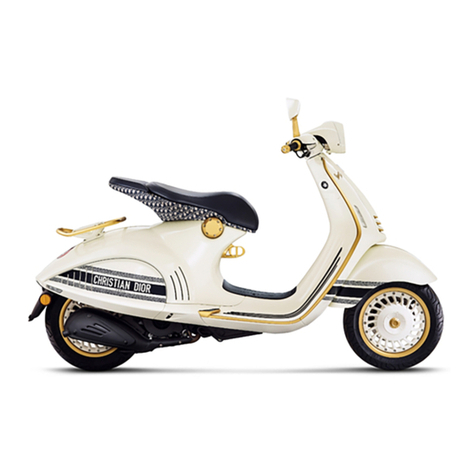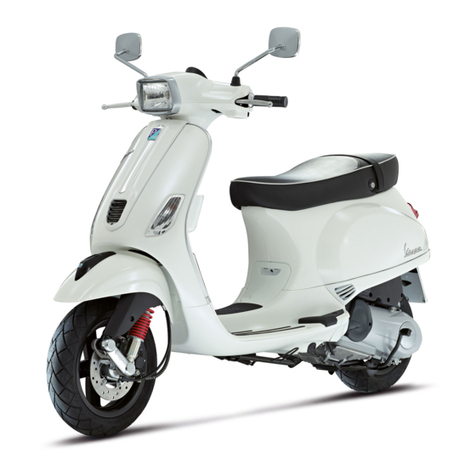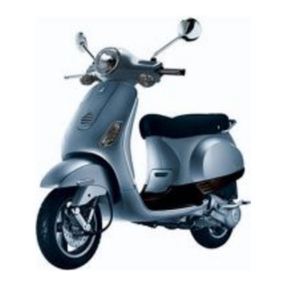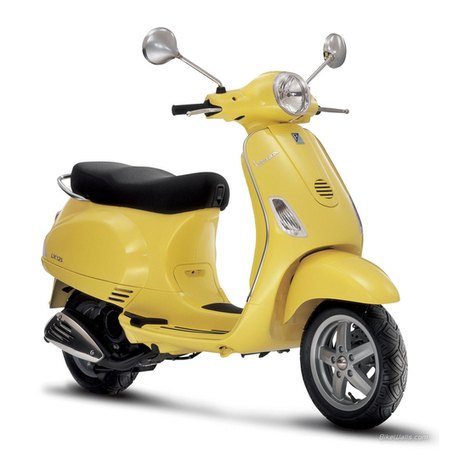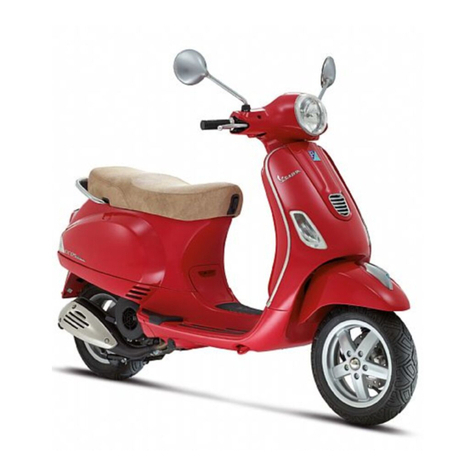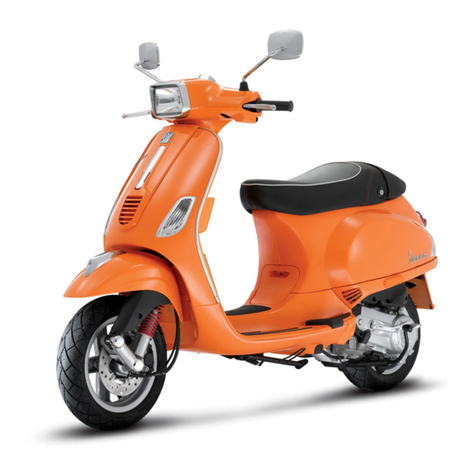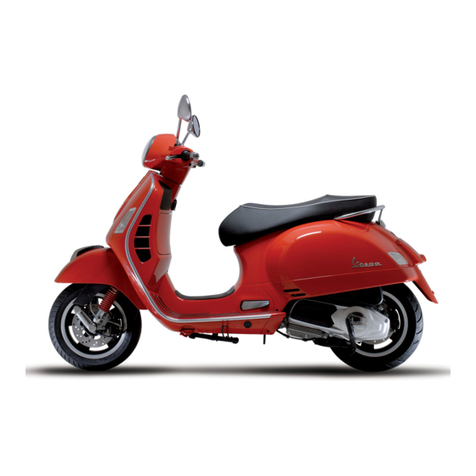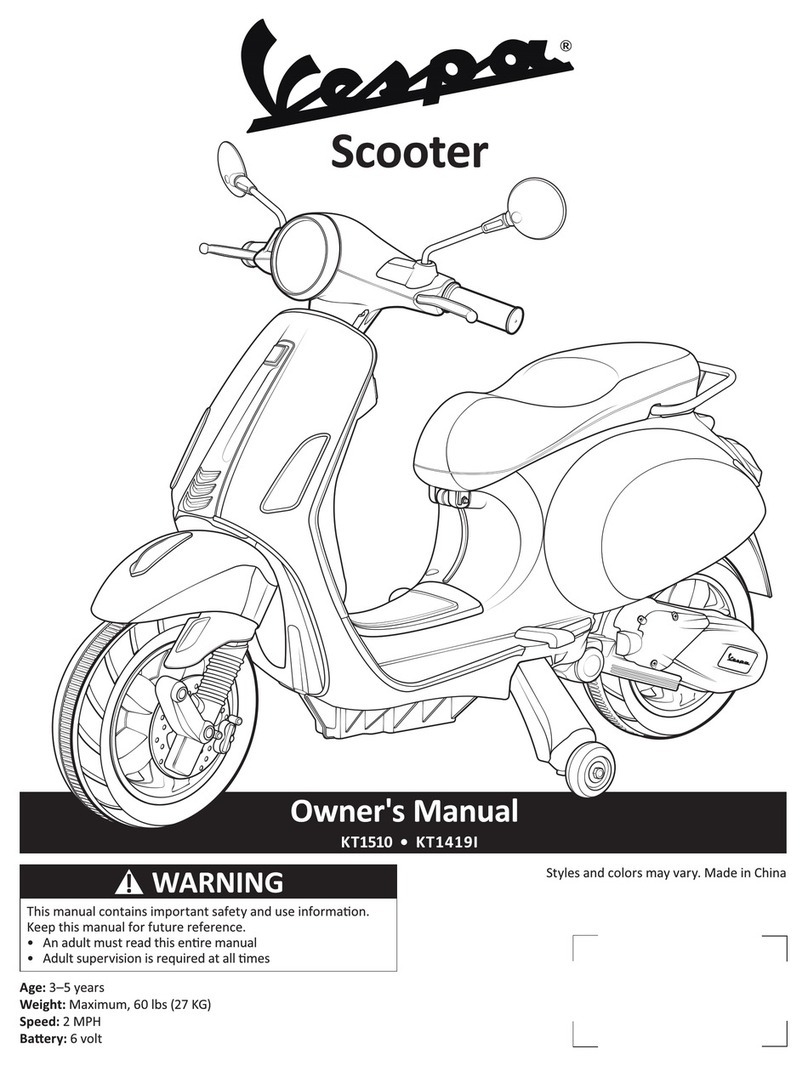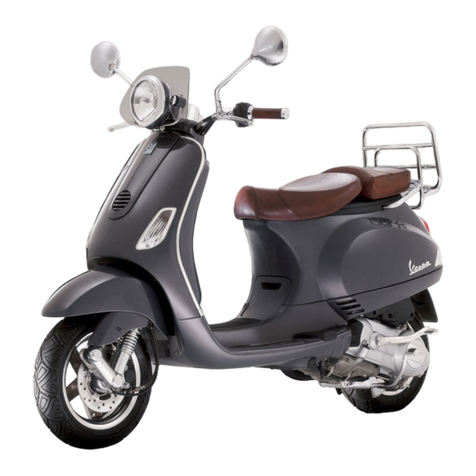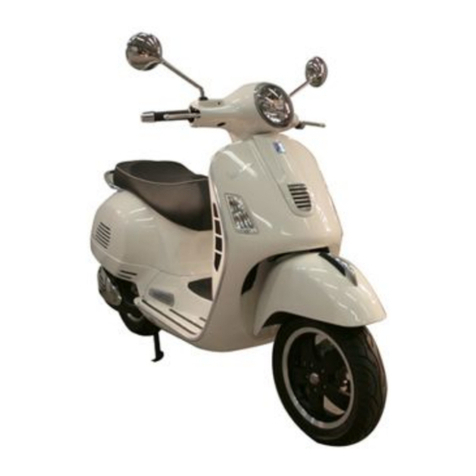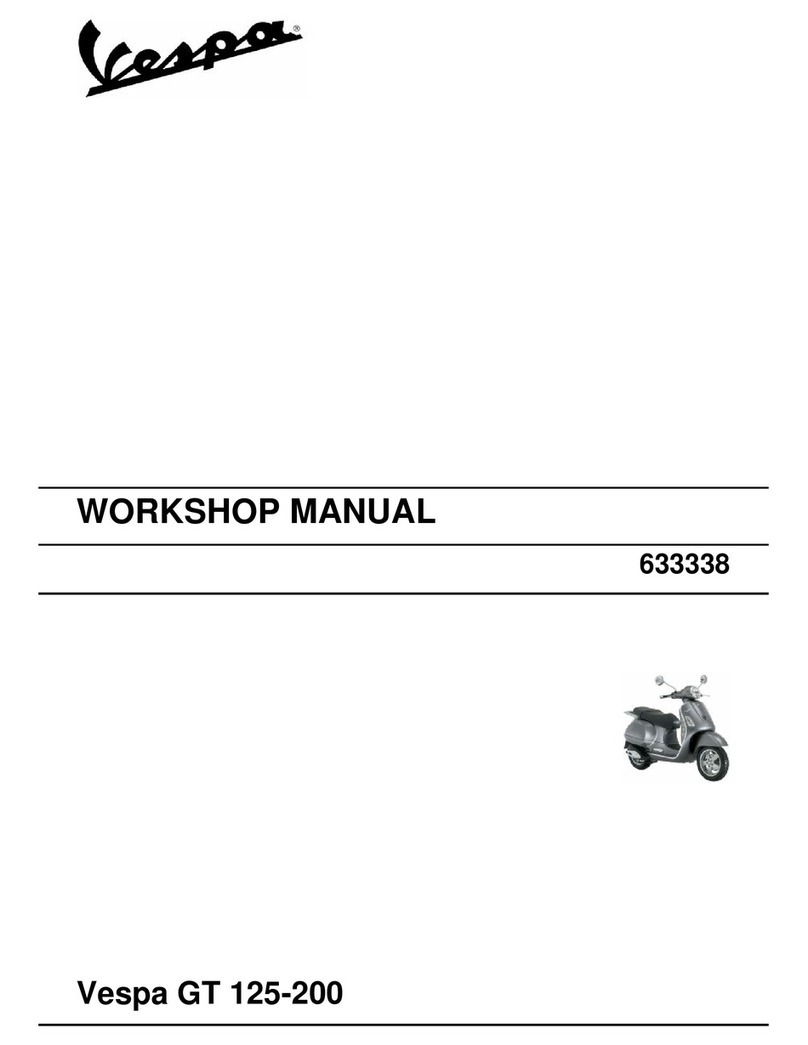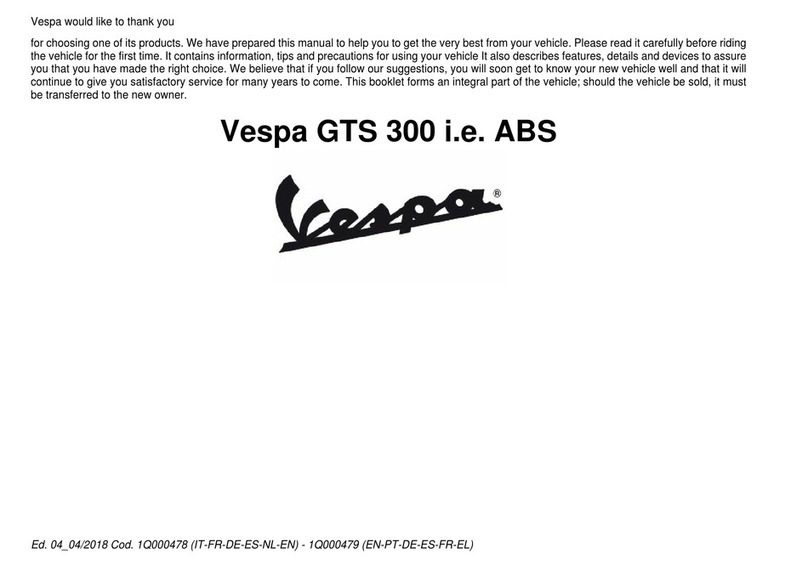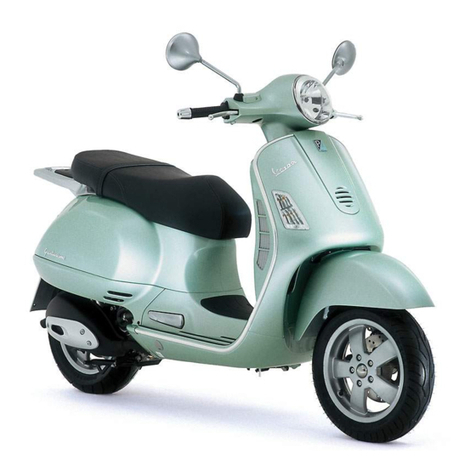
INDEX
VEHICLE...................................................................................... 7
Dashboard................................................................................ 9
Analogue instrument panel....................................................... 10
Keyswitch.................................................................................. 11
Locking the steering wheel.................................................... 12
Releasing the steering wheel................................................ 12
Switch direction indicators........................................................ 13
Horn button............................................................................... 13
Light switch............................................................................... 13
Start-up button.......................................................................... 14
Engine stop button.................................................................... 15
The immobilizer system............................................................ 15
Keys...................................................................................... 15
Immobilizer device enabled indicator led.............................. 16
Operation............................................................................... 16
Programming the immobilizer system................................... 17
Fuel tank................................................................................... 19
The saddle................................................................................ 19
Opening the saddle............................................................... 20
Identification.............................................................................. 20
Rear top box opening................................................................ 21
Helmet Anti-theft Device........................................................... 22
USE.............................................................................................. 23
Checks...................................................................................... 24
Refuelling.................................................................................. 24
Tyre pressure............................................................................ 25
Shock absorbers adjustment.................................................... 26
Running in................................................................................. 27
Starting up the engine............................................................... 28
Precautions........................................................................... 30
Difficult start up......................................................................... 31
Stopping the engine.................................................................. 32
Anti-theft ring............................................................................. 32
Catalytic silencer....................................................................... 33
Stand......................................................................................... 34
Automatic transmission............................................................. 35
Safe driving............................................................................... 36
Rear rack.................................................................................. 37
MAINTENANCE........................................................................... 39
Engine oil level.......................................................................... 40
Engine oil level check............................................................ 40
Engine oil top-up................................................................... 41
Warning light (insufficient oil pressure)................................. 42
Engine oil change.................................................................. 42
Hub oil level.............................................................................. 44
Tyres......................................................................................... 46
Spark plug dismantlement........................................................ 47
Removing the air filter............................................................... 48
Checking the brake oil level...................................................... 49
Braking system fluid top up................................................... 49
Battery....................................................................................... 50
Use of a new battery............................................................. 51
Long periods of inactivity.......................................................... 52
Fuses........................................................................................ 53
Front light group........................................................................ 58
Head light adjustment............................................................ 61
Front direction indicators........................................................... 61
Rear optical unit........................................................................ 62
Rear turn indicators................................................................... 63
Number plate light..................................................................... 64
Rear-view mirrors...................................................................... 64
Front disc brake........................................................................ 65
Puncture.................................................................................... 66
Inactivity of the vehicle.............................................................. 67
Cleaning the vehicle.................................................................. 68
TECHNICAL DATA...................................................................... 75
5
